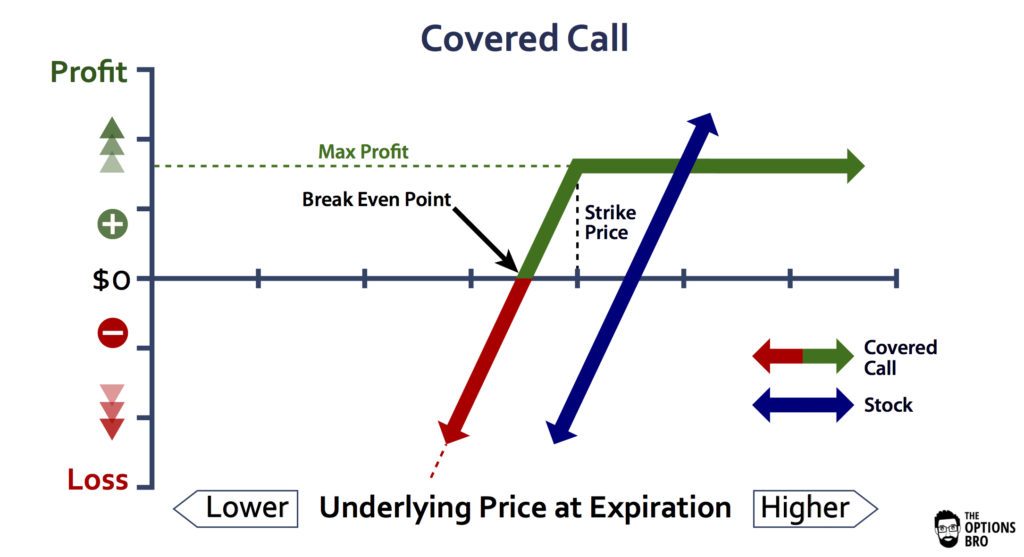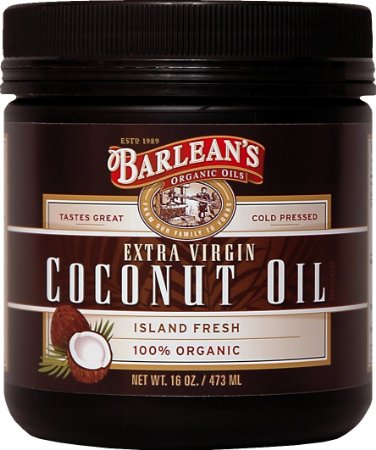Contents:

The shares are purchased at a lower price than the offer price. This has bad consequences since it gives the impression that the company’s shares aren’t in high demand, which may lead to a drop in share price because new purchasers may wish to sell the recently purchased shares to reduce their losses. Even though the company’s shares are not listed, it can apply for a public issue of convertible securities. Investors in the public don’t turn into involved till the final providing day.


Risk-averse investors may abandon the market entirely if such minimal norms are not conveyed, owing to a recognized asymmetric information problem. Through the years, IPOs have been recognized for uptrends and downtrends in issuance. Individual sectors additionally experience uptrends and downtrends in issuance due to innovation and numerous other financial factors.
The guidelines require the promoter to lend his shares (not more than 15% of issue size) which is to be used for price stabilisation to be carried out by a stabilising agent on behalf of the company. The OFS consists of base issue size of 2 crore shares or 2.5 per cent stake, with an option to retain over-subscription of similar amount. A major regulatory initiative was the establishment of a statutory autonomous agency called SEBI to assure that it is safe to conduct securities transactions. SEBI created Disclosure and Investor Protection guidelines for the benefit of investors.
A Green Shoe option allows the underwriter of a public offer to sell additional shares to the public if the demand is high.
They can weigh in on this option when they are unable to buy back any shares from the market. The full buyback of shares allows them to cover their short sale position. By doing so, underwriters settle their account in the market with no profit or loss. However, such would not be the case if underwriters exercised this option and purchased additional shares at the initial offer price. The reason is that any loss sustained when the shares were trading below the offer price is balanced by the difference between the offer price and the current market price. Share prices may rise above the offer price due to increasing demand for a company’s shares.
A green shoe option is nothing however a clause contained within the underwriting settlement of an IPO. Statements of the issuer have been disclosed in the offer document. Directors of the promoters, where the promoter is a body corporate.
Similarly, if the shares trade below the provide value, it might create a mistaken impression in the minds of the buyers they usually may promote the shares they have purchased or cease buying more from the market. In such a state of affairs, to stabilise share prices, the underwriters exercise their possibility and purchase again the shares on the offer value and return the shares to the issuer. Of the issued capital , which inter-alia shall include name, designation and quantum of the equity shares issued under an employee stock option scheme or employee stock purchase scheme and the quantum they intend to sell within three months. Green shoe option IPO, also known as over-allotment options, in 2003 to regulate the aftermarket price of shares sold in initial public offerings . An overallotment is an option commonly available to underwriters that allows the sale of additional shares that a company plans to issue in an initial public offering or secondary/follow-on offering. An overallotment option allows underwriters to issue as many as 15% more shares than originally planned.
With this, the government relinquished control over the issuance of capital, the pricing of the issues, the establishment of premia and rates of interest on debentures, and so on, and the market was free to allocate resources to competing uses. Companies desirous to enterprise out and promote shares to the public can stabilize initial pricing through a authorized mechanism referred to as the greenshoe possibility. One standard financial unit shall be used in the offer document. Shall be provided in the statement of assets and liabilities. Be clearly and unambiguously presented in the offer document. Of Chartered Accountants of India shall be incorporated in the offer document.
GREENSHOE OPTION-
It is important for an investor to be able to understand the offer document before investing in the IPO. However, this is easier said than done as the document is often couched in financial jargon and difficult to understand terms. An important term often found in such offer documents which investors ponder about is greenshoe shares or greenshoe option. What is a greenshoe option and why does it matter to the IPO?
The underwriter’s duty is to locate buyers for the company’s shares at the predetermined price. The greenshoe option decreases the risk for a company offering new shares by letting the underwriter cover short positions if the share price falls without having to acquire shares if the price rises. As a result, the share price remains stable, benefiting issuing company. Green shoe options or over-allotment options were introduced by the Securities and Exchange Board of India in 2003 to stabilise the aftermarket price of shares issued in IPOs. Before investing in an IPO, we go through the offer document of the company to know more about it. A listed company is legally bound to abide by commitments made in the document.
Join Upstox, loved and trusted by 1 crore+ customers
Investors often look at the Red Herring Prospectus to get more detailed information about a company’s Initial Public Offer . Once the IPO closes, the company has to get its stocks listed on the BSE or the NSE, or both. E) Trading / Trading in “Options” based on recommendations from unauthorised / unregistered investment advisors and influencers.
4) No need to issue cheques by investors while subscribing to IPO. Just write the bank account number and sign in the application form to authorise your bank to make payment in case of allotment. No worries for refund as the money remains in investor’s account.
Volkswagen gets $8.8 bln by selling preferred Porsche shares – Reuters
Volkswagen gets $8.8 bln by selling preferred Porsche shares.
Posted: Tue, 11 Oct 2022 07:00:00 GMT [source]
An preliminary public providing refers back to the process of providing shares of aprivate corporationto the general public in a new stock issuance. Public share issuance permits an organization to boost capital from public traders. A green shoe option can create greater profits for both the issuer and the underwriting company if demand is greater than expected. The Green Shoe Company, now called Stride Rite Corp., was the first issuer to allow the over-allotment option to its underwriters, hence the name. For example, a company coming up with an IPO plans to issue 1 crore shares.
Azure Power Secures Letter of Award for 2 GW Greenshoe Option From SECI
The above what is a greenshoe is primarily used on the time of IPO or listing of any inventory to make sure a successful opening value. Accordingly, companies can intervene in the market to stabilise share costs through the first 30 days’ time window immediately after listing. For occasion, if company ABC decides to sell 10 million shares, the underwriters might exercise their inexperienced shoe choice and promote eleven.5 million shares. When the shares are literally listed in the market, the underwriters can buy again 15% of the shares. If the market value of the shares exceeds the provide worth, the underwriters train the green shoe option to buy back 15% of the shares at the supply value, thus protecting them from the loss.
VRD Nation is a premier online stock market training institute where we teach by trading live. We are on a mission to make working class people financially independent and get Trading its rightful place as a viable career option. VRD Nation is India’s premier stock market training institute and we are passionate about teaching each and every aspect of investing and trading.
- In case the shares are trading at a price lower than the offer price, the stabilising agent starts buying the shares by using the money lying in the separate bank account.
- I had one lot of rbl bank of ipo price still i hold it i think i should book my investment and invest it in yes bank.
- An IPO grade is the grade assigned to an initial public offering of equity shares or other convertible securities by a Credit Rating Agency registered with SEBI.
- The underwriters sold 484 million shares of Facebook in total, each for $38.
- A company’s IPO shares are valued through underwriting due diligence, and buying such shares contributes to its shareholder’s equity.
- Check your Securities /MF/ Bonds in the consolidated account statement issued by NSDL/CDSL every month.
There are numerous risks that are involved in the process, like, pricing risk, market risk as well as underwriting risk. The underwriter bears the risk that the company may not be able to meet the high expectations set by the market and the stock price may fall. The risk is usually mitigated by the underwriter’s greenshoe option.
As said earlier, the entire process of a greenshoe option works on over-allotment of shares. Most of us who invest in stocks of a company know what is an IPO . An IPO is the first sale of a stock or share by a company to the public. Companies offering an IPO are sometimes new, young companies, or companies which have been around for many years and have finally decided to go public. This is an undesirable outcome as it creates the perception that the company’s shares are not in demand, and can further lead to a fall in share price as the new buyers may want to offload the newly-bought shares to cut their losses.
What is an IPO green shoe option?
Most public investors have no clue about the impact of the overallotment of shares in the economy. The revenues generated from the exercising this option are used to secure the share of the issue price in case the market declines. The option increases the role of investment bankers enabling them to protect small investors by price stabilisation in case the market price falls below the offer price. The green shoe option is exercised by a company making a public issue. One of the examples of the application of the option was during an Initial Public Offering for Exxon Mobil Corporation.

According to press reports, the underwriters intervened and bought more shares to keep the pricing stable. They repurchased the remaining 63 million shares for $38 each in order to make up for any losses suffered in maintaining the prices. Repurchasing shares increases the share price since it decreases the supply of shares. They do it to help stabilise fluctuating, volatile share prices by balancing the supply and demand of the shares.

Reproduction of news articles, photos, videos or any other content in whole or in part in any form or medium without exhttps://1investing.in/ss writtern permission of moneycontrol.com is prohibited. Category II AIF are those AIFs for which no specific incentives or concessions are given. They do not undertake leverage or borrowing other than to meet the permitted day to day operational requirements, as is specified for Category I AIFs. Anything alternate to traditional form of investments gets categorized as alternative investments.
Proposed issue and existing identifiable internal accruals, have been made. Working capital, the following additional disclosures shall be made. Interest, nature of security, terms of repayment, subordination, etc. ESPS; and consideration received against the issuance of shares.